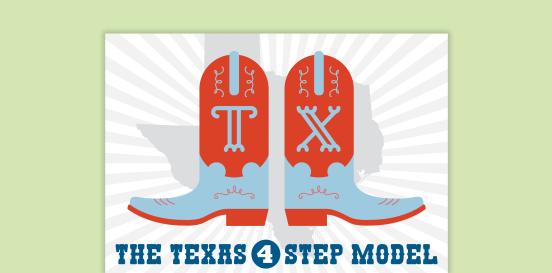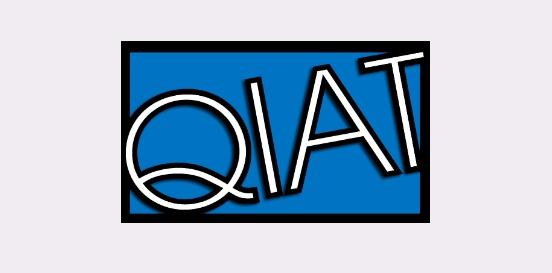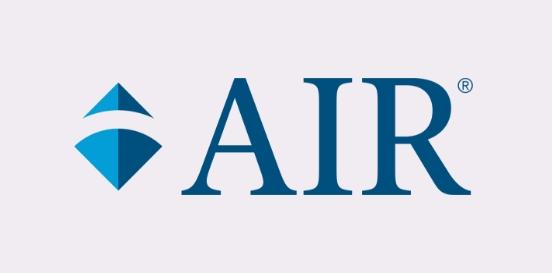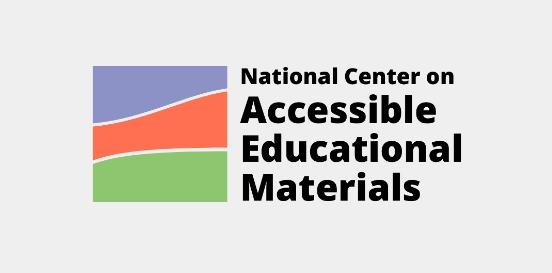Adapted Paper
Adapted paper is used to assist in making a more efficient writing experience for individuals with physical and motor limitations, as well as those with sensory needs. Adapted paper may contain bold or raised lines. Some types use color to visually define lines, margins, and writing areas.
Considerations
Take the following considerations into account when selecting and implementing AT to ensure that the chosen tools are well-suited to the student’s needs, align with their goals, and seamlessly integrate into their educational journey. By embracing a collaborative approach and considering the specific skills, tasks, and implementation context, educators can provide students with the necessary support to thrive academically and functionally, promoting inclusivity and fostering their overall success.
Skills and Tasks What skills or tasks will the student utilize this tool for? What areas, functional or academic, does this tool support?
- Visual/tactile discrimination
- Line awareness
- Drawing
- Painting
- Sketching
- Creating art pieces
Implementation Context In what activities, classes, or environments will the student utilize this tool?
Adapted writing paper can be invaluable for students facing challenges in writing due to issues like fine motor deficits (such as poor wrist/hand position or reduced fine motor strength), visual impairments, and sensory or perceptual processing difficulties.
Typical adaptations in writing materials include paper featuring bold and/or raised lines, colored sections to clearly delineate the writing area, and personal dry erase boards. Writing guides offer students defined boundaries within which to write, aiding in improving legibility, maintaining writing size, and staying aligned with the baseline.
Bold lined paper enhances visibility of guidelines, assisting students in adhering to them more effectively. Raised lined paper offers tactile cues with embossed or raised lines, providing sensory feedback for maintaining alignment with top and bottom lines. Some adapted writing paper employs different colors for top, middle, and bottom lines to signal letter beginnings and endings, while others use shaded areas from center to bottom to assist in maintaining appropriate lowercase letter sizes.








